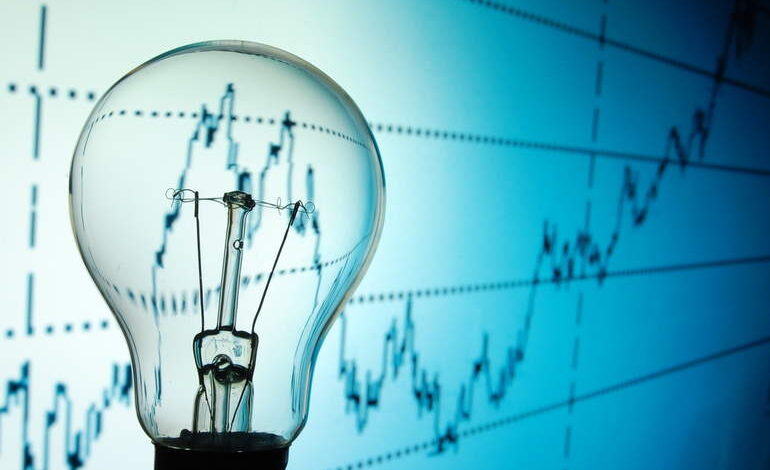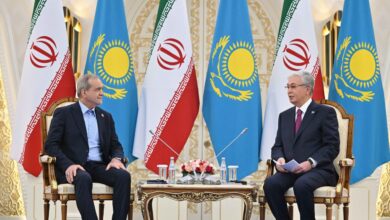
According to the Ministry of Energy, electricity consumption has risen by 3.6 billion kWh over the past decade, putting pressure on energy infrastructure. In 2024, the energy sector faced a deficit of 8.1 billion soms. Despite this, Kyrgyzstan still has one of the lowest electricity tariffs in Central Asia, unable to fully cover production and distribution costs.
The number of consumer categories will be reduced from 14 to 7. Key tariff changes include:
-
Households (up to 700 kWh) – from 1.11 to 1.37 soms/kWh (6.47 to 7.98 KZT)
-
Households (above 700 kWh) – from 2.39 to 2.60 soms/kWh (13.93 to 15.15 KZT)
-
Social & public sector – 2.62 soms/kWh (15.27 KZT)
-
Industrial consumers – 3.34 soms/kWh (19.47 KZT)
-
Commercial consumers – 3.96 soms/kWh (23.08 KZT)
-
Budget sector – 4.09 soms/kWh (23.84 KZT)
-
High-energy industries – 6.06 soms/kWh (35.32 KZT)
-
Electric vehicle charging stations – 5.31 soms/kWh (30.95 KZT)
The government has previously announced plans to increase electricity prices by 20% annually until 2030.
It is worth noting that Kyrgyzstan declared a state of emergency in the energy sector from August 1, 2023, to December 31, 2026 due to ongoing challenges.



